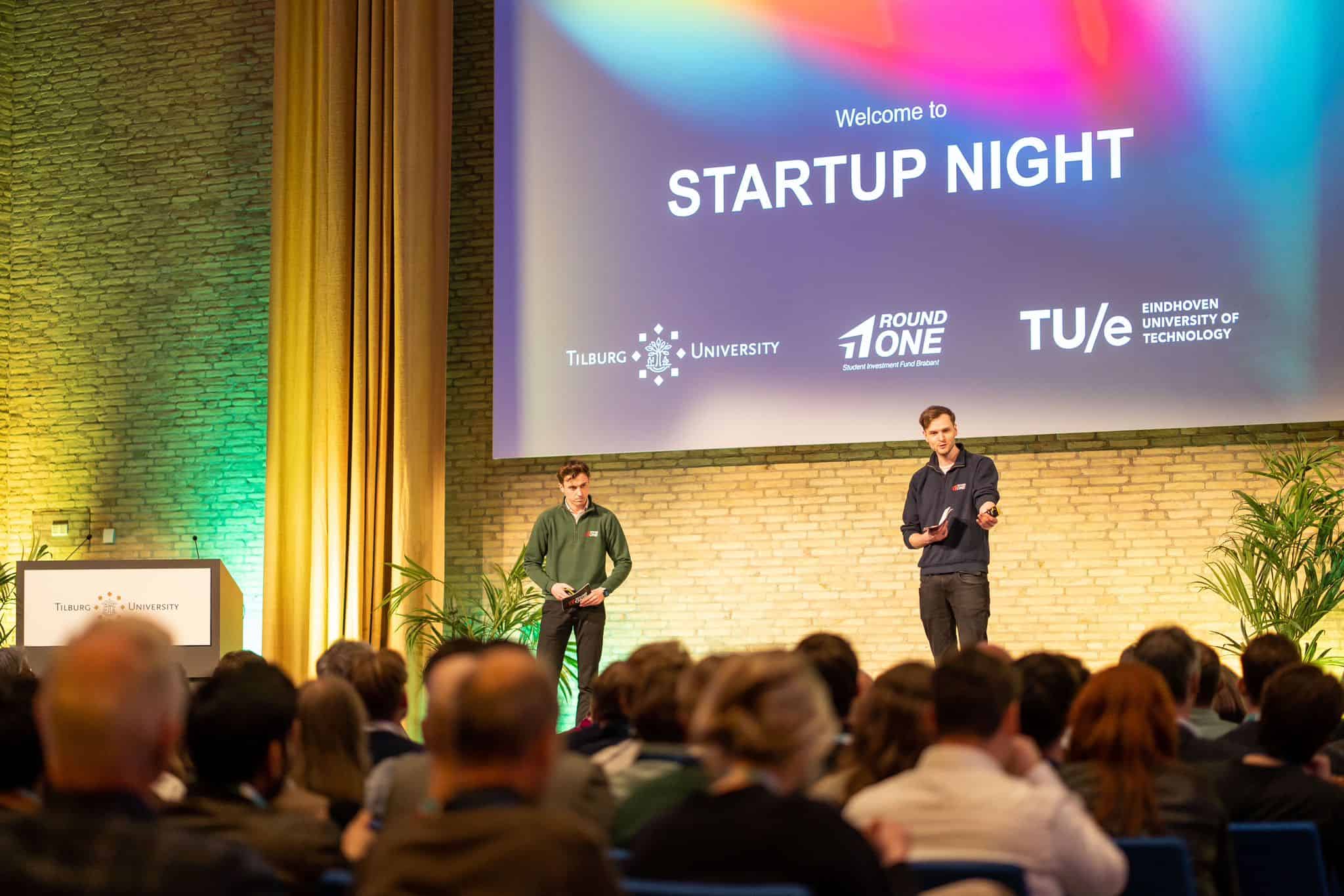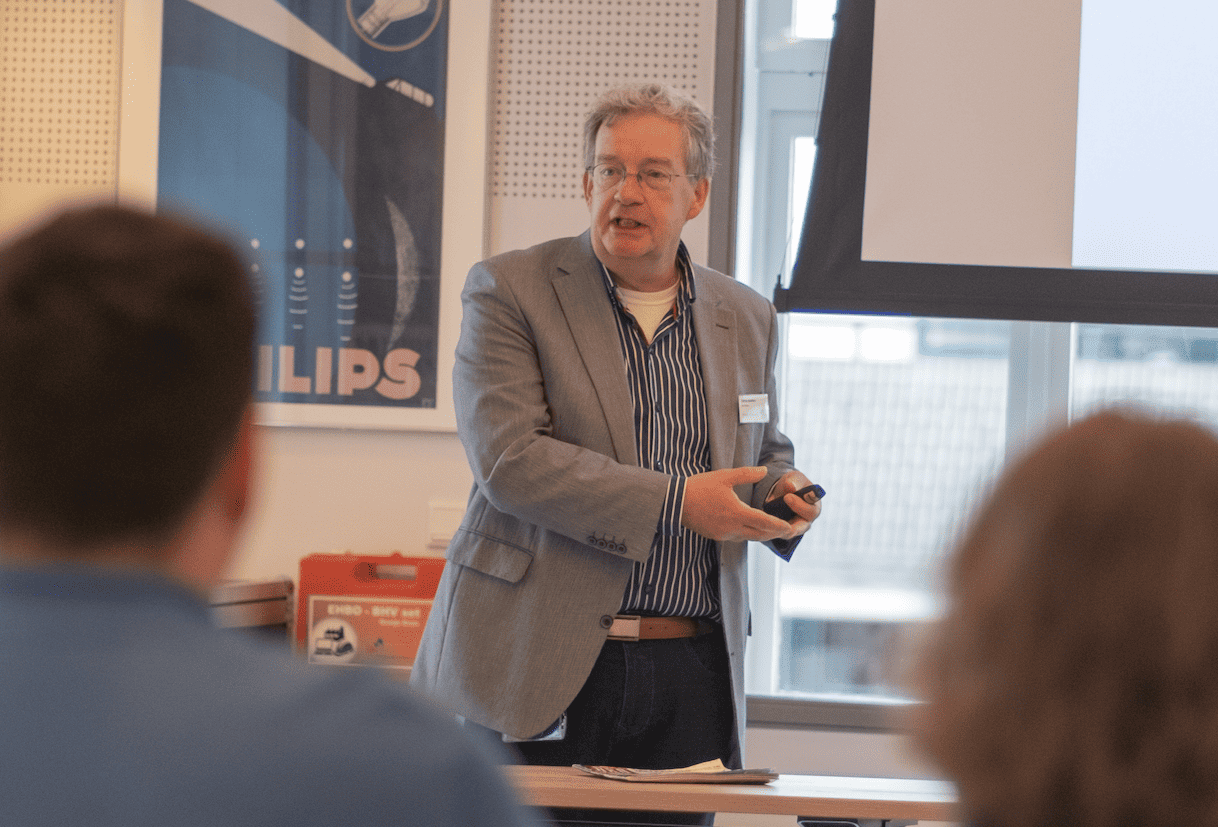
Culturing biological cells is still a very old fashioned process, CytoSMART CEO Joffry Maltha found out. “We still have to count them in the lab, one by one, with a clicker in your hand, to know how many cells there are in a container. In fact, this is a full-time job for some in our team.” But not for long, as far as Maltha is concerned. CytoSMART is an Eindhoven company that is trying to make research easier, cheaper and faster for biologists.6
The start of the company, which is located at the TU/e campus, was caused by a failed stem cell research. “Simply said, a stemm cell is a cell that hasn’t decided yet what kind of cell it wants to be. Thus, you can use them for many purposes. In 2012, our research failed after research laboratory workers forgot to perform inspections during the weekend. The cells did not endure without power. That would have been different if we had monitored the cells in real time.”
In the car back from the lab in Denmark Maltha asked his colleagues how they would be able to monitor all the cells in real time. “Everything is possible with your cellphone these days. So why not keep track of the growth of cells? No company made these kind of microscopes and so we went for it yourself.”
Cloud

The first product they put on the market, was a small microscope that uses the cloud. “It includes photographs and keeps track of temperature and humidity.” This information is sent to the company’s Cloud. All pictures are shown in succession so you can see how the cells are dividing, moving, and whether they are still alive. “This you can watch anywhere now. This not only makes work easier, but also much more accurate.”
To be able to make the next steps, CytoSMART has received from Holland Venture and the Brabant Development Agency (BOM). “That enables us to continue to grow rapidly this year, and to produce and market three new products.”
Cells Counter

At present, the Dutch company is finalizing two new products. In August, they market an automatic cell counter. “We had two people in full-time service every day for eight hours and all they did was count. That’s really drudgery. In this we are unfortunately not unique. In many laboratories manual counting is still the way to go. There are products to automatically count biological cells, but they are so inaccurate that they are rarely used, with their margin of error of thirty percent. In addition, these products are often expensive to use.” These products are poorly developed, according to Maltha. “That’s a problem we can solve by working together with some other Eindhoven based institutions and companies.”
Cells Scanner
The second product of CytoSMART is a scanner and is for sale from September. The company wanted to make the scanning and photographing of biological cells as easy as scanning, for example, a newspaper clipping. “As with our other products we first looked at existing products. To operate it, the tray with the cells had to be moved slowly, otherwise too much of the liquid would slosh away, together with the cells. So we turned it around: we wanted to move the scanner instead of the tray.”
“Similar scanners cost about one hundred thousand euros.” He picks up his phone. “For about one hundred euros you can take a picture of this room, but to picture a group of cells, it will cost a thousand times as much. That is our starting point. We want to simplify expensive, slow and large appliances, and make them smaller. Therefore, the work will become more accurate and faster, but above all we want these technologies to be more accessible to smaller laboratories.”








